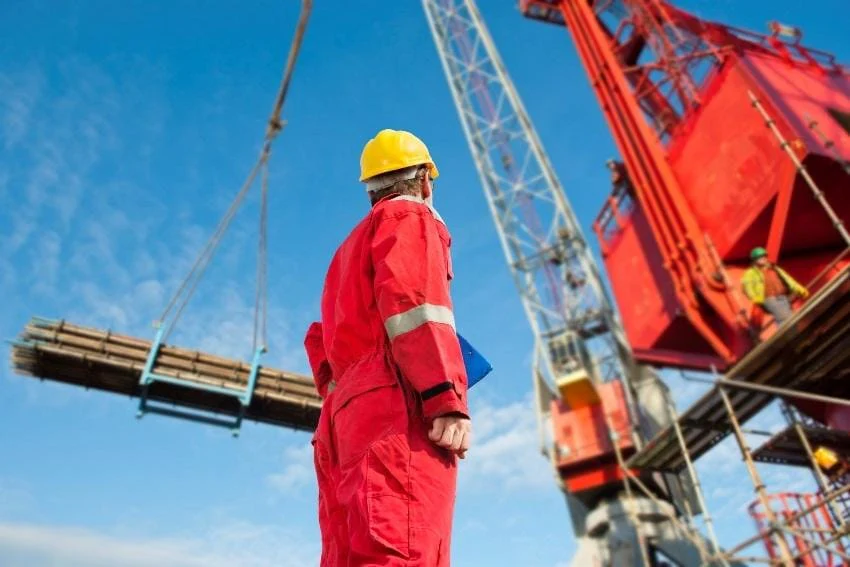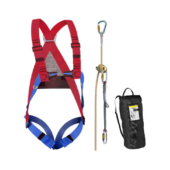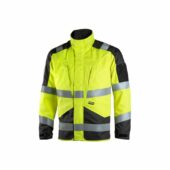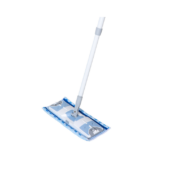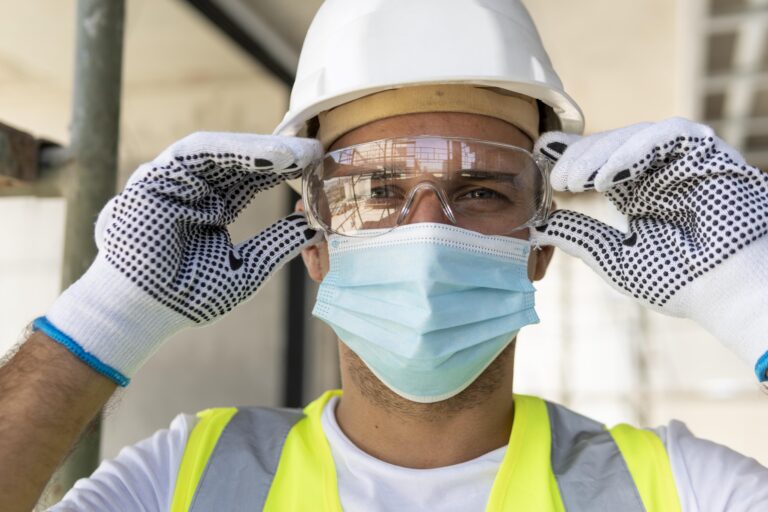Finding the ideal coveralls for construction work is essential for ensuring safety, comfort, and efficiency in demanding roles. In this guide, you’ll find all the crucial factors to consider when selecting the perfect coveralls for your specific needs.
With our expertise in workwear, you can trust that this article will answer all your questions and even address your next challenge on how to maintain and maximize the lifespan of your chosen coveralls.
For a broader overview, don’t miss our main guide: How To Choose The Right Coveralls – A Buyer’s Guide.
Key Considerations for Construction Coveralls
1. Material Selection
The fabric of your coveralls is critical for both protection and comfort. Construction environments can range from dusty to hazardous, so choose accordingly:
- Cotton Coveralls: Ideal for hot climates due to breathability. Look for blends for added durability.
- Polyester or Nylon Blends: Offer superior durability and are resistant to tearing.
- Fire-Resistant (FR) Fabrics: These fabrics enable safe working in high-heat environments, such as near welding or open flames, by providing reliable protection and peace of mind. Learn more about fire-retardant materials at this resource.
2. Fit and Sizing
Proper fit ensures ease of movement and prevents snagging. European sizing standards often apply. Measure:
| Measurement Type | How to Measure |
| Chest | Measure the fullest part of your chest. |
| Waist | Measure around your natural waistline. |
| Inseam | From crotch to ankle. |
Refer to detailed sizing charts from manufacturers or our product catalog.
3. Climate and Weather Conditions
Construction work across Europe involves varied weather. Select:
- Insulated Coveralls: For cold environments, such as winter outdoor projects.
- Lightweight Coveralls: For summer or high-temperature environments.
- Waterproof Options: For work in rainy or damp conditions.
4. Certification and Standards
Choose certified coveralls to guarantee compliance with European safety standards like EN ISO 11612 for heat and flame protection or EN ISO 20471 for high-visibility clothing.
This ensures both reliable protection and confidence in your gear. Rely on reputable resources or consult your supplier to ensure your coveralls meet necessary certifications confidently.
Learn more about EN Standards from this guide in Wikipedia.
Step-by-Step Guide for Taking Measurement of Your Coveralls

Ensuring your coveralls fit properly starts with accurate measurements. Follow these steps:
- Chest: Stand upright and measure around the fullest part of your chest, keeping the tape snug but not tight.
- Waist: Wrap the measuring tape around your natural waistline, typically just above the belly button.
- Inseam: Measure from the crotch to the bottom of your ankle while standing straight.
Use these measurements to refer to manufacturer sizing charts for the best fit.
Practical Features to Look For
1. Pockets and Accessibility
Construction workers often carry tools. Look for coveralls with multiple, strategically placed pockets for convenience.
2. Reinforced Knees and Elbows
Reinforcements add durability and provide extra protection in high-use areas, ensuring your coveralls last longer.
3. Zippers, Closures, and Adjustments
Choose sturdy zippers and adjustable cuffs for easy wear and better fit.
Recommendations for Specific Construction Roles
Heavy Machinery Operators
Opt for FR coveralls or those with high visibility to ensure safety and compliance with workplace regulations.
Painters and Finishers
Choose lightweight, breathable coveralls with chemical resistance to prevent paint or chemical absorption.
General Laborers
Poly-cotton blends or all-cotton options with reinforced stitching are ideal for durability and comfort.
Maintenance and Care
Maintaining your coveralls extends their life and ensures consistent protection:
- Wash Regularly: Follow care labels to prevent damage to protective features.
- Inspect Frequently: Ensure your coveralls remain effective by inspecting and addressing wear, which extends their usability and reliability.
- Store Properly: Keep in a dry, clean area when not in use.
For more on maintaining your workwear, see our article: How to Maintain and Clean Your Coveralls for Longevity.
Explore Related Products
In addition to coveralls, consider these related items for enhanced protection:
- Work Overalls: For lighter tasks.
- Bib Overalls: Perfect for layered workwear needs.
Explore our full range of products in the Coveralls category.
Final Thoughts
Choosing the right coveralls for construction is essential to ensuring safety, comfort, and durability on the job. With this guide, you’ve gained the knowledge to make an informed decision, allowing you to work confidently in any environment. Still have questions about other workwear essentials? Explore our related guides or reach out for personalized advice.
Start your search today, and trust Droppe to provide the perfect gear for your next project from coveralls to maintenance tips, we’re here to support you every step of the way!
Frequently Asked Questions
FR coveralls are essential if your role involves exposure to open flames, high heat, or hazardous sparks, such as welding or electrical work. Check with your employer or safety guidelines specific to your industry to confirm requirements.
It depends on the type of coveralls. For FR coveralls or those with chemical-resistant properties, use detergents recommended by the manufacturer to avoid compromising their protective features. Avoid bleach or fabric softeners.
Insulated coveralls provide added warmth and are ideal for cold weather or outdoor winter projects. Non-insulated coveralls are lighter and better suited for moderate to warm climates or indoor use.
High-visibility coveralls are typically required for roles near moving vehicles or equipment, such as roadwork or heavy machinery operations. For less hazardous environments, standard coveralls might suffice.
Replace your coveralls if they show significant wear, such as tears, fraying seams, or compromised protective coatings. Regular inspections can help you identify these issues early, ensuring ongoing safety and performance.

